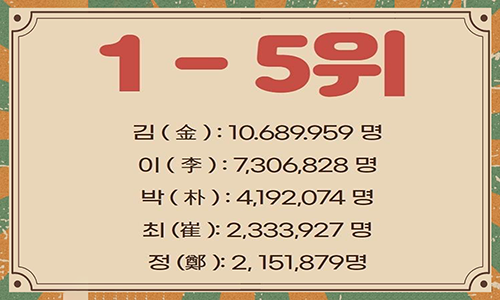變 Sino-Korean Characters Stroke Order
Type one Korean Hanja(Sino-Korean characters) below and click write, we will show you how to write it in correct writing order.
Sino-Korean characters, known as Hanja (한자) in Korean, are Chinese characters adapted into the Korean language. Historically, Hanja served as the primary writing system in Korea before the invention of Hangul (한글) in the 15th century. While modern Korean predominantly uses Hangul, Hanja retains cultural, academic, and linguistic significance:
Linguistic Role:
Approximately 60% of Korean vocabulary originates from Hanja-based terms. These Sino-Korean words often appear in formal contexts, academic texts, legal documents, and compound nouns (e.g., 과학 gwahak 科學 – \"science\").
Hanja helps clarify homophones. For instance, the word \"수\" (su) can mean water (水), number (數), or guard (守), depending on the Hanja.
Modern Usage:
Education: South Korean students learn around 1,800 basic Hanja in middle and high school to enhance vocabulary comprehension.
Media: Hanja occasionally appears in newspapers, historical dramas, and official certificates for precision.
Names: Most Korean names derive from Hanja, with parents selecting characters for their meanings (e.g., 智 ji – \"wisdom,\" 美 mi – \"beauty\").
Cultural Legacy:
Hanja bridges Korean and classical Chinese literature, enabling access to historical texts like the Annals of the Joseon Dynasty.
Calligraphy and temple inscriptions still showcase Hanja’s artistic value.
While Hangul democratized literacy, Hanja remains a key to understanding Korea’s linguistic depth and historical identity. For learners, recognizing basic Hanja unlocks advanced vocabulary and enriches cultural insight.





 2024 ,
2024 ,